Runaway Ghaut
Legend says those who drink from this trickle of water are destined to return to Montserrat.
Maps as old as 1673 illustrate just how littered with ghauts the tiny, mountainous Caribbean island of Montserrat is. But Runaway Ghaut, which bisects the town of Olveston, is one of only four ghauts in Montserrat with a permanent flow of rainwater. Local legend claims that those who drink right from the ghaut are destined to return to Montserrat, should they ever leave the island.
A ghaut (pronounced “gut’”) is an usual geological feature that’s quite common on the islands of the Lesser Antilles. These narrow but deep gullies run along the steepest slopes of the islands’ mountains, funneling rainwater into the larger bodies of water at the lower elevations.
Because of the permanence of their runs and the reliability of their flows, ghauts play an instrumental role in maintaining the lush forest ecosystems of these small islands and have historically played an equally important role as a source for clean drinking water for the island’s human populations. And while most ghauts only run seasonally, due to their entirely weather-dependent source, there are a noted few across the Caribbean that maintain a constant trickle year round.
Runaway Ghaut received both its peculiar name and its famous legend after French forces fled the island from the Olveston area following their defeat by the British, only to return years later and briefly reclaim control of Montserrat. But this lackluster landmark’s legend has only recently taken on an even greater significance in light of the island’s recent history.
On July 18, 1995, the long-dormant volcano in the south of Montserrat, Soufrière Hill, began to spew ash and trigger mud slides. More than 11,000 people were evacuated from the island’s most populous area surrounding the capital city and were forcibly relocated. A lucky few resettled in the more geologically stable north of the island, but most of the evacuated Montserratians made their way to the United Kingdom as refugees via ferries from the north of Montserrat (as Soufrière had destroyed the island’s only airport). The only safely passable road to the north ran through Olveston and directly past the famous Runaway Ghaut, which became an important stop for those being displaced.
Today, Runaway Ghaut continues to trickle rainwater down from the Centre Hills year-round, and is clearly marked along Salem Road, which runs from the new capital of Brades (Little Bay) south to Salem and the boundary of the “exclusion zone” (as Soufrière remains geologically unstable). Travelers who enjoy their time on this underappreciated Caribbean island are encouraged to stop here and drink from the ghaut to guarantee their own return.
Know Before You Go
Due to the sensitivity of Montserrat’s endangered ecosystem, it is not recommended that travelers shimmy their way through the brush to drink from Runaway Ghaut. Instead the citizens of Olveston have constructed a stone fountain so that anyone may drink from its fabled flowing waters. However, this fountain rests along one of the islands major roads, right before a blind curve, and does not have a designated parking space. So travelers should be alert for on-coming traffic and conscious of where they park should they arrive by car. These precautions are equally important to ensuring your return to the island.

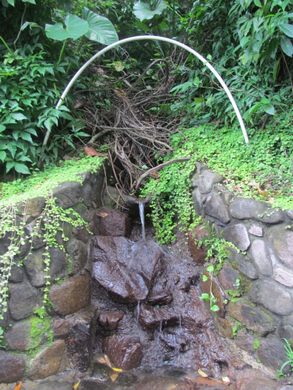
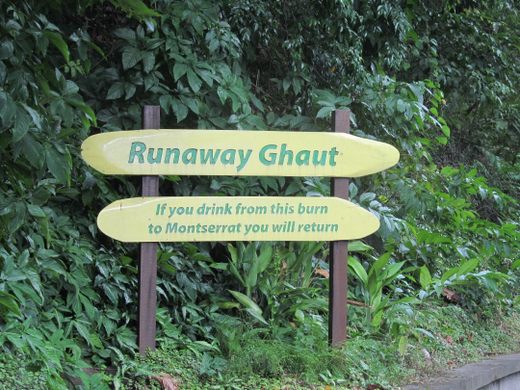
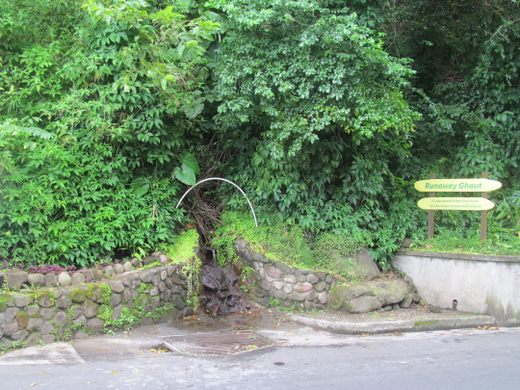







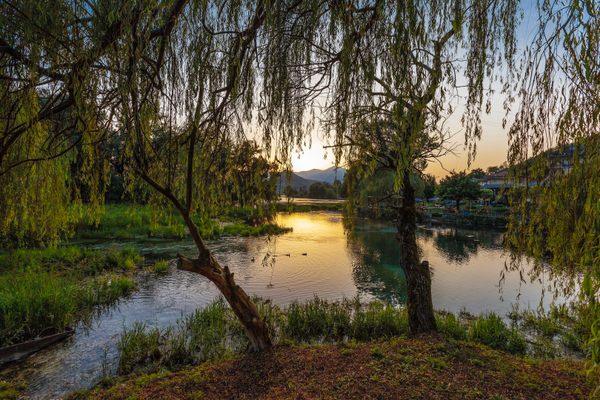
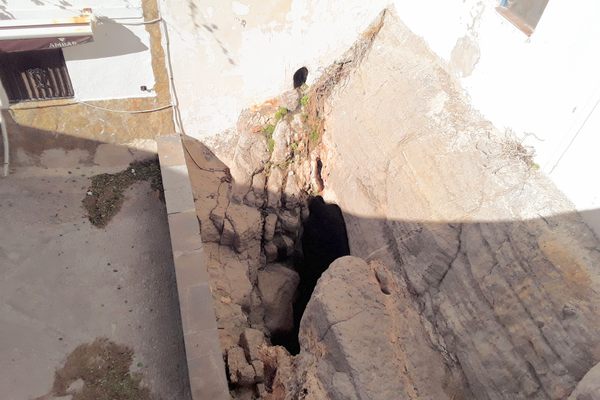
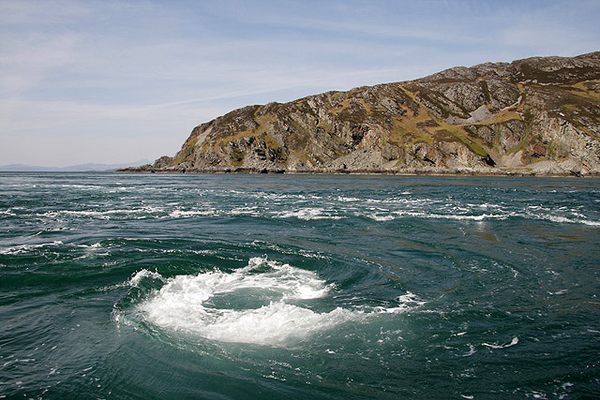


Follow us on Twitter to get the latest on the world's hidden wonders.
Like us on Facebook to get the latest on the world's hidden wonders.
Follow us on Twitter Like us on Facebook